Italy is a country with a lengthy Mediterranean coastline that significantly influenced Western culture and food. Rome, the country's capital, is home to the Vatican and historical monuments and ancient ruins. There are a plethora of unique spots to visit and explore throughout the country. Italy attractions are not limited to art and architecture. Also, the government is blessed with lakes, mountains, and a spectacular coastline that provide the country with fantastic natural attractions. However, we have created a list of the top 10 Italy attractions. Read on!
Italy Attractions You Should Visit
1. Verona Arena
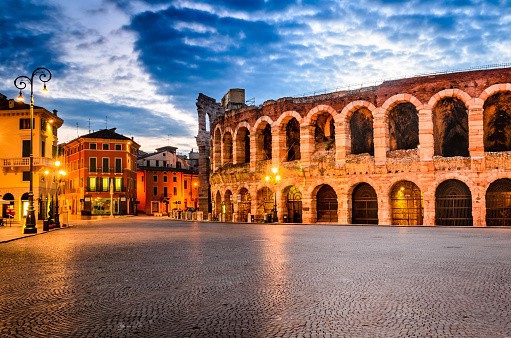
The features of the Verona Arena have made this place one of the most awesome Italy attractions. Verona Arena dates back farther than the city of Verona. It is well known for its involvement in the play Romeo and Juliet. This magnificent arena was built 2,000 years ago as a Roman amphitheater. The Verona Arena, erected in 30 AD at Piazza Bra in Verona, Italy, is a Roman amphitheater. It is still in use today and is known around the world for its large-scale opera productions. It's one of the most well-preserved ancient structures in the world. Despite its antiquity, the Verona Arena is in excellent condition, and it formerly hosted performances for over 30,000 people.
2. Florence Cathedral
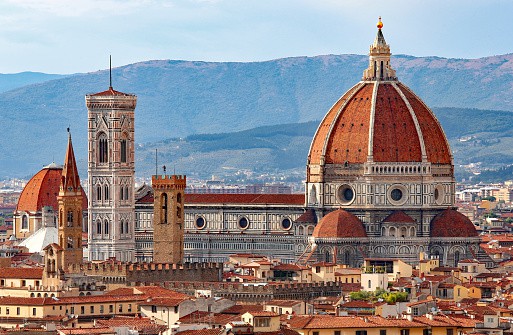
Florence Cathedral is the city's cathedral, and it is one of the most popular Italy attractions. It was built in the Gothic style in 1296 to a design by Arnolfo di Cambio and completed structurally in 1436, with the dome designed by Filippo Brunelleschi. For centuries, tourists have been drawn to this famous Gothic structure. Construction began in 1296 and was completed in around 150 years! The cathedral, with its famous red-tiled dome, dominates the Florence skyline today. If you're planning a trip to Florence, you should book Cathedral tickets ahead of time because it's a popular attraction.
3. Colosseum
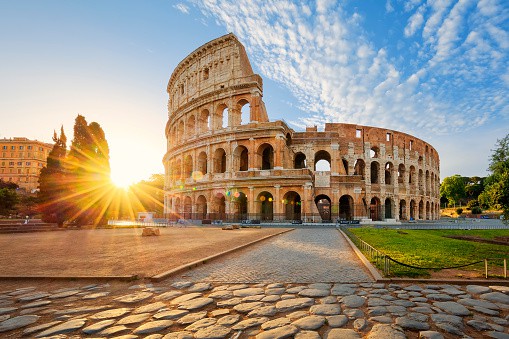
We can't exempt Colosseum from our list of Italy tourist attractions. Despite its age, this massive theater has served as a model for modern sports venues. This is because it is the largest of its kind ever constructed by the Roman Empire and the largest of their buildings to survive. With the construction of a fourth level by Vespasian, his son Titus used the structure as a stage for public spectacles and exhibitions. Two different underground stories were covered by a wooden floor measuring 83 meters by 48 meters. As a result, it is a striking contrast to the new development surrounding it and serves as a visible reminder of Rome's long and colorful past.
4. Leaning Tower of Pisa
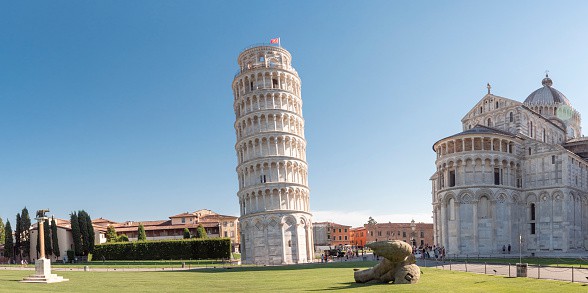
There are several attractions in Pisa. But the Leaning Tower of Pisa has gained notoriety because of its beauty but because of its defect. It is among the top Italy attractions. Work on the tower began in the 1100s, and by the time it reached the third level, the sinking had begun, leading to the lean. Before restoration work in the 1990s, it was anticipated to tumble over by the year 2000 due to its increasingly sagging construction over time. Visitors can now ascend the tower's stairs for a spectacular perspective of the city. The Leaning Tower of Pisa is situated in the Piazza dei Miracoli.
5. Cinque Terre

Cinque Terre is one of the best Italy tourist attractions. It is a picturesque coastal region in Italy with steep hills and sheer cliffs that look out over the Mediterranean Sea. Walking trails, a railroad tunneling through the headlands to reach each village, or a gorgeous tiny road high up on the hillside connects Monterosso al Mare, Vernazza, Corniglia's picturesque villages Manarola, and Riomaggiore.
One of the most popular activities for visitors is hiking between the villages, which allows them to take in the scenery. Even in the face of modern tourism, the small towns retain an old-world charm and a sense of isolation.
6. Herculaneum
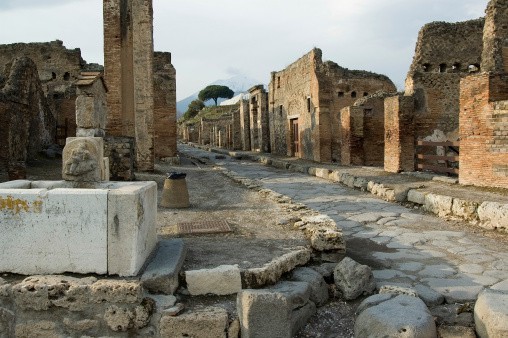
Herculaneum is an old Roman town located at the foot of Mount Vesuvius. It is among the many Italy tourist attractions. Though, Herculaneum was destroyed by a volcanic eruption over 2,000 years ago. However, most of the city's architecture was preserved and fossilized by the explosion and subsequent mud layer. Compared to other ancient cities, Herculaneum is unique in that the ash that covered it protected it from looters and the elements. It was the only buried Vesuvian city discovered for a long time before Pompeii was discovered in 1748 and recognized in 1763, although it is less well-known now than Pompeii.
7. Matera
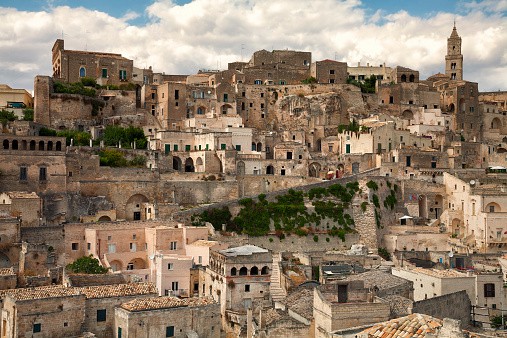
The city of Matera is one of a kind. It's attractive above ground despite its cave inhabitants. Matera's past is one of its most fascinating features. Visit the city's museum to learn about the city's history. Everywhere you look, there are open parks and gelaterias. It has been inhabited since prehistoric times and is so bizarre and different from anywhere else that it has served as a filming location for numerous movies and television shows.
Matera has a large number of underground construction sites. There are theaters, cafés, and churches all in the caves. A cave hotel is an option for lodging. There's an underground museum full of depressing statues of dancers and young girls who seem to be longing for something better. Maybe they're depressed because they're cooped up in a dark cave all day. So, all these features are enough for Matera to be among the Italy attractions.
8. Pantheon

The Pantheon is a Roman relic, and it exhibits the Roman Empire's remarkable architectural achievements. It is also among the Italy tourist attractions. The tower represents the sky and the sun, with a height equal to the diameter and a single beam of light entering the room from the top of the dome. It was trashed by the Pope in AD 609 when early Christian princes disallowed a pagan temple as a church. The Pantheon houses the tombs of Italian Kings, Renaissance painter Raphael, and other notable Italians.
9. Positano

Located on the Amalfi Coast, Positano is a small town with a rich history and a stunning natural environment. The Amalfi Coast is recognized for its rocky topography, scenic splendor, charming settlements, and cultural and historical diversity. As you descend a hillside that leads to the coast, the city appears to be strewn across the landscape. Although Positano flourished and developed during the Middle Ages, by the mid-19th century, more than half of the inhabitants had died.
10. Roman Forum

Roman Forum is the last on our list of the top Italy tourist attractions you should know. Its historical significance as the geographic center of the Roman Empire, on the other hand, cannot be emphasized. Temples were constructed initially, followed by public buildings, and the area eventually became Rome's administrative center. Commerce followed, with the construction of market halls that elevated the Forum to the status of the city's and subsequently the Roman Empire's focal point of public life.
Enjoy your visit to Italy!
















